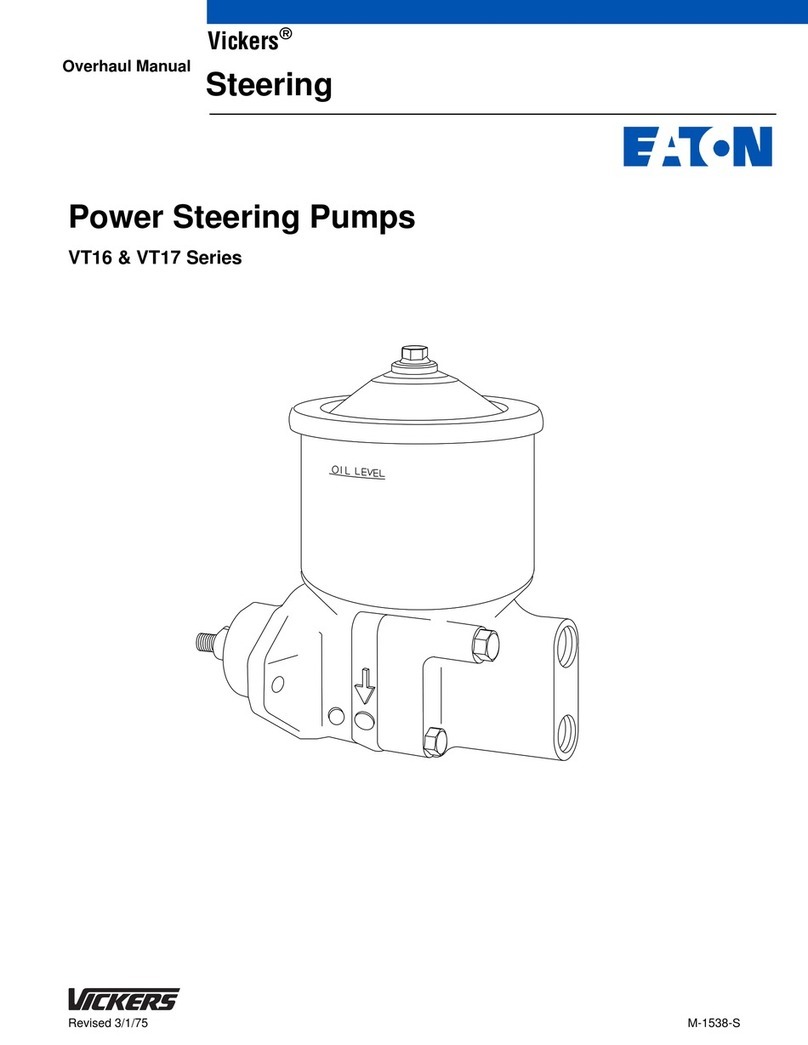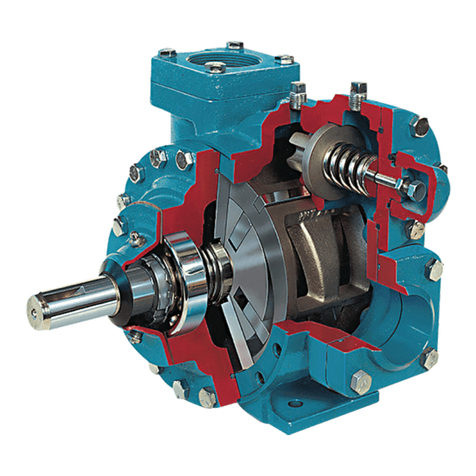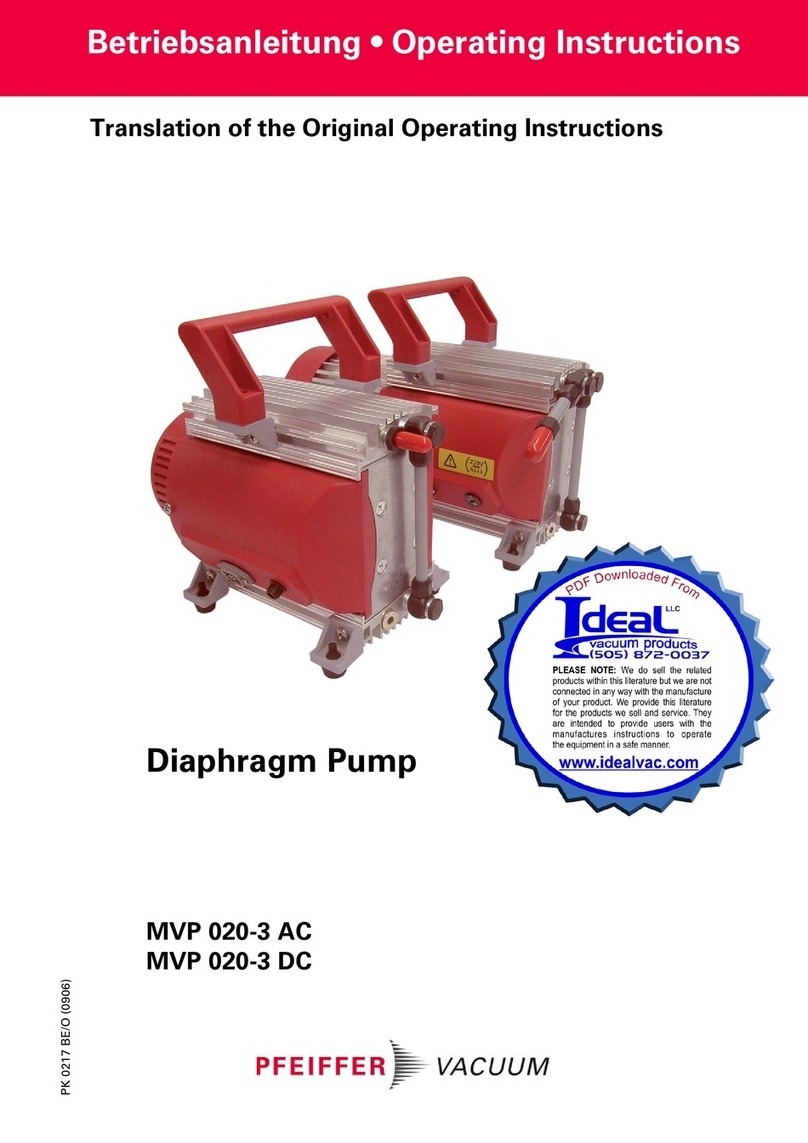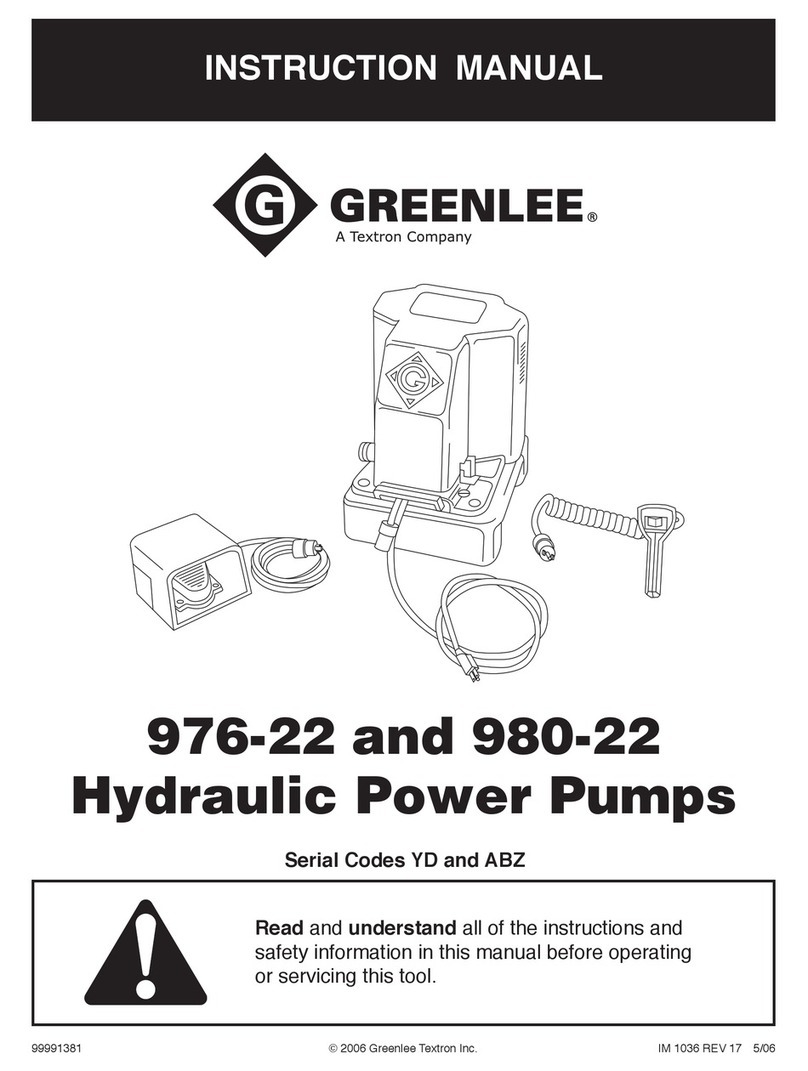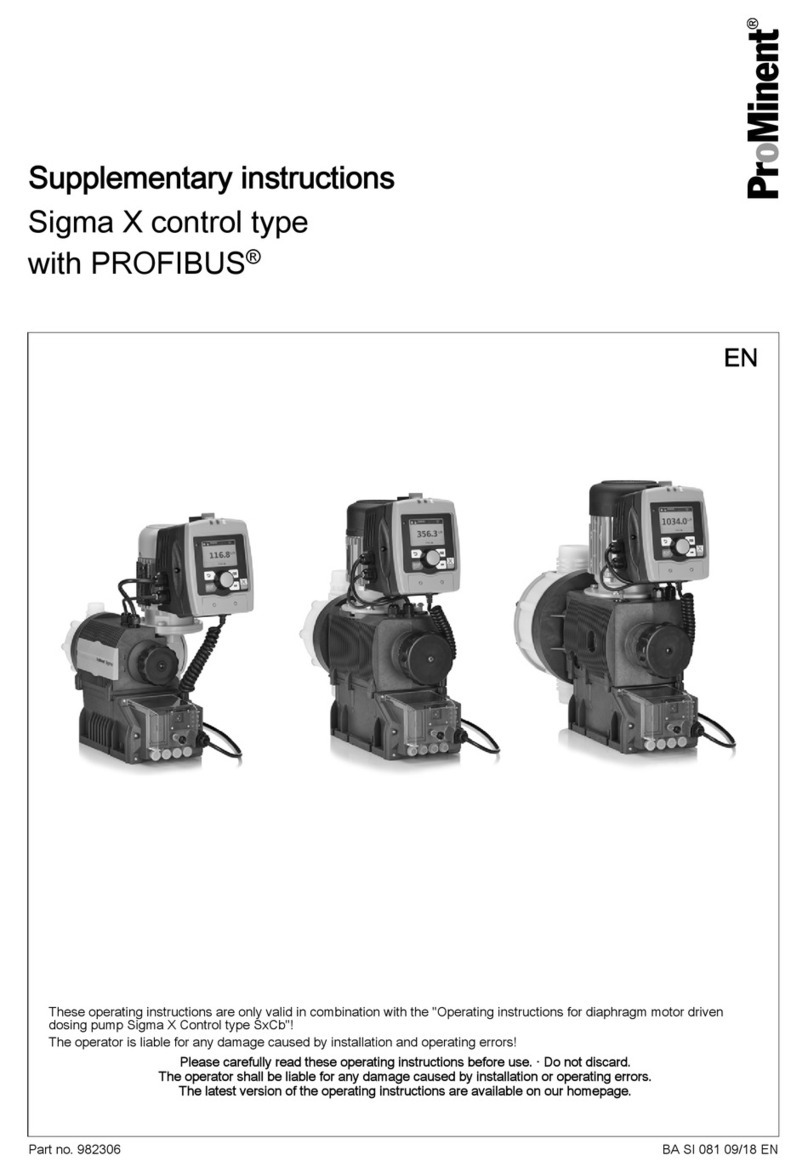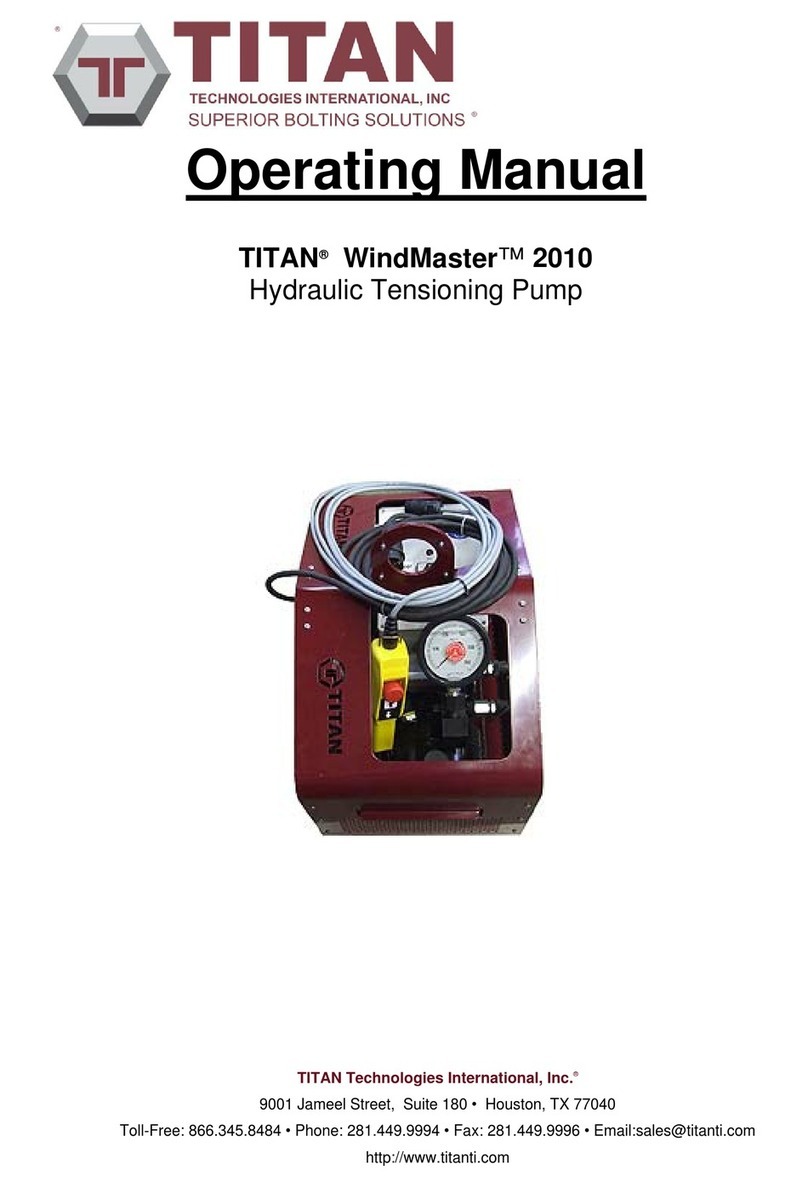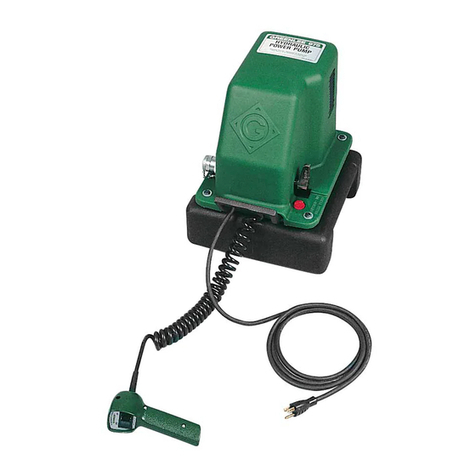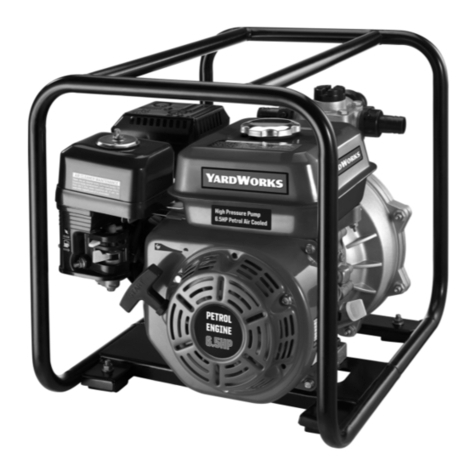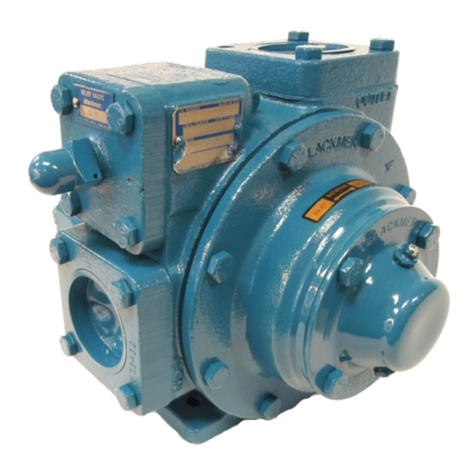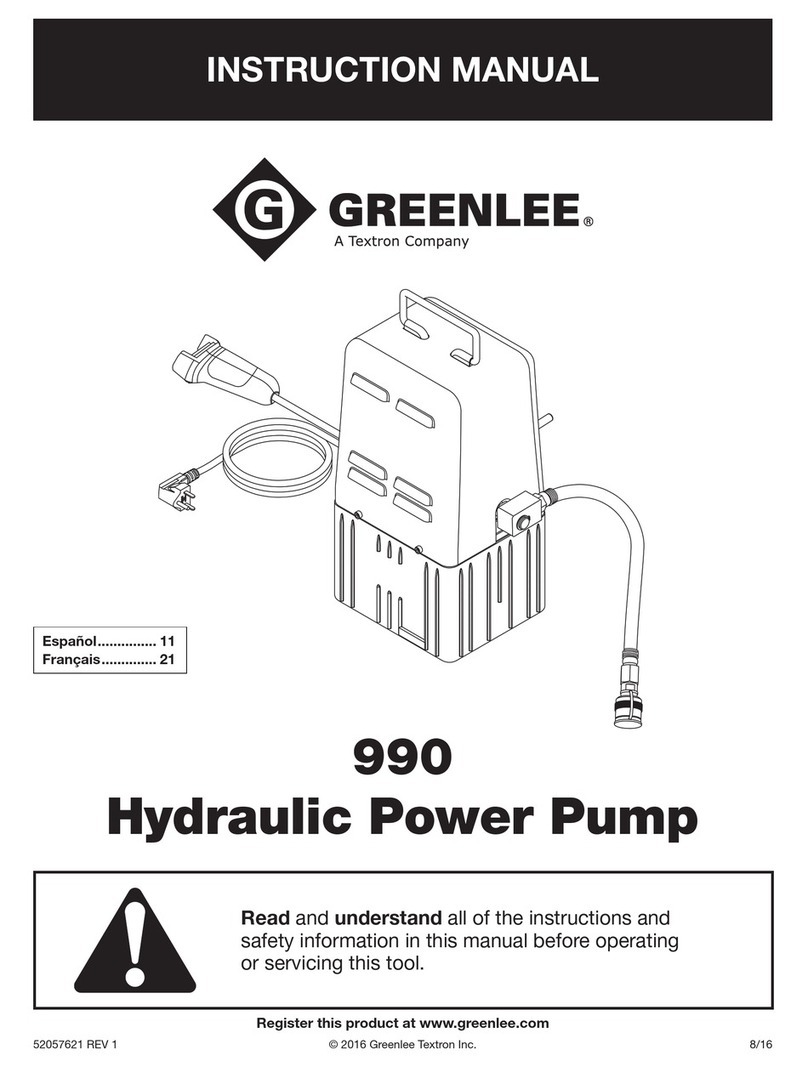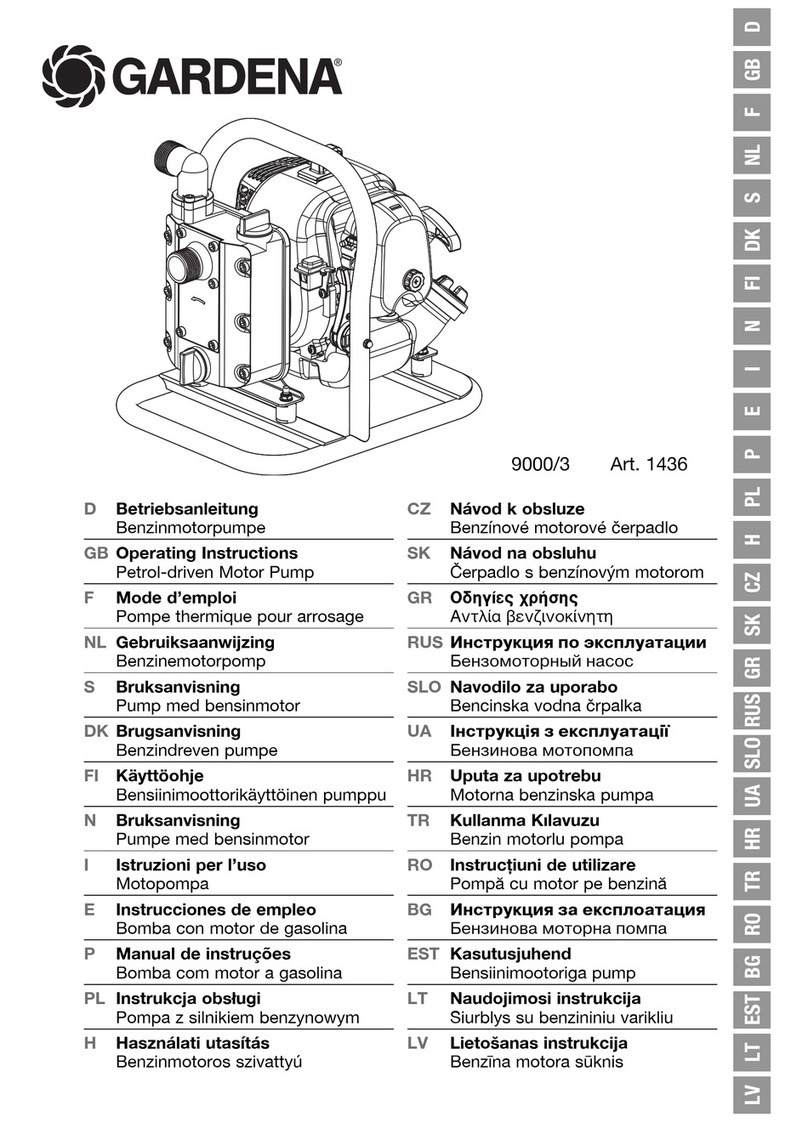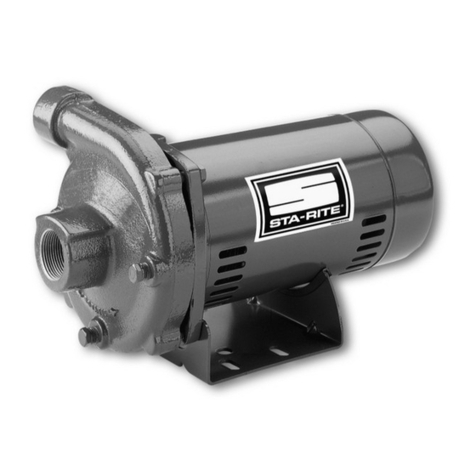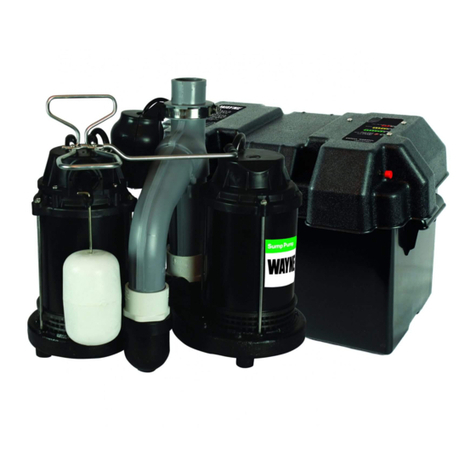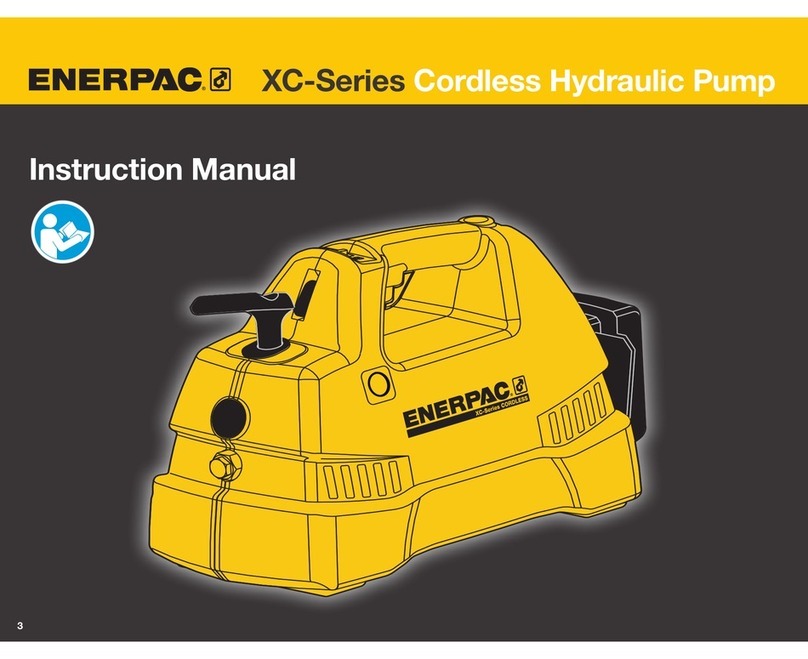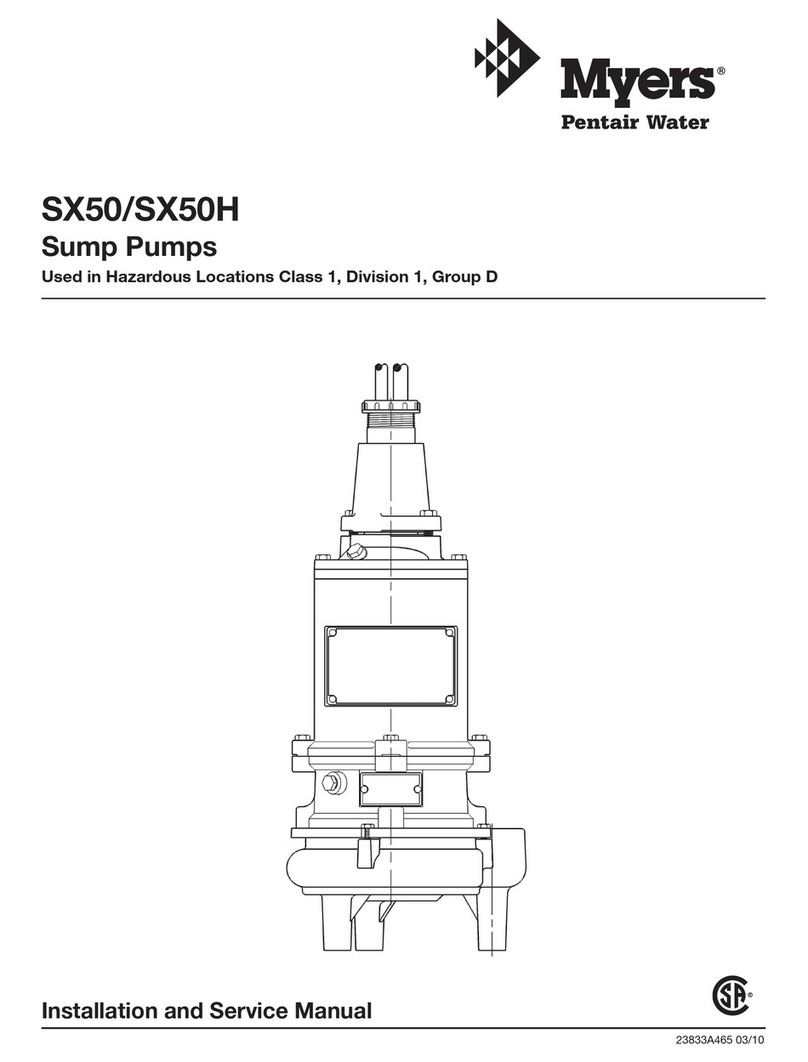
English English
2 © Titan Tool Inc. All rights reserved.
Important Safety Information
Read all safety information before operating the
equipment. Save these instructions.
Indicates a hazardous situation which, if not avoided,
could result in death or serious injury.
To reduce the risks of re or explosion, electrical shock
and the injury to persons, read and understand all
instructions included in this manual. Be familiar with the
controls and proper usage of the equipment.
WARNING: EXPLOSION OR FIRE
Flammable vapors, such as solvent and paint vapors, in
work area can ignite or explode.
PREVENTION:
1. Use equipment only in well ventilated area. Keep a good
supply of fresh air moving through the area to keep the air
within the spray area free from accumulation of ammable
vapors. Keep pump assembly in well ventilated area. Do not
spray pump assembly.
2. Do not ll fuel tank while engine is running or hot; shut o
engine and allow to cool. Fuel is ammable and can ignite or
explode if spilled on a hot surface.
3. Eliminate all ignition sources, such as pilot lights, cigarettes,
portable electric lamps and plastic drop cloths (potential static
arc).
4. Keep work area free of debris, including solvent, rags and
gasoline.
5. Do not plug or unplug power cords, or turn power or light
switches on or o when ammable vapors are present.
6. Ground equipment and conductive objects in work area.
Make sure the grounding cable is connected from the
grounding lug to a true earth ground.
7. Use only grounded hoses.
8. Hold spray gun rmly to the side of a grounded pail when
triggering into pail.
9. If there is static sparking or if you feel a shock, stop operation
immediately.
10. Know the contents of the paint and solvents being sprayed.
Read all Material Safety Data Sheets (MSDS) and container
labels provided with the paints and solvents. Follow the paint
and solvent manufacturer’s safety instructions.
11. Do not use a paint or solvent containing halogenated
hydrocarbons. Such as chlorine, bleach mildewcide,
methylene chloride and trichloroethane. They are not
compatible with aluminum. Contact the coating supplier
about compatibility of material with aluminum.
12. Keep a re extinguisher in work area.
WARNING: INJECTION INJURY
A high pressure paint stream produced by this equipment
can pierce the skin and underlying tissues, leading to
serious injury and possible amputation. See a physician
immediately.
PREVENTION:
1. Do not aim the gun at, or spray any person or animal.
2. Keep hands and other body parts away from the discharge.
For example, do not try to stop leaks with any part of the
body.
3. Always use the nozzle tip guard. Do not spray without the
nozzle tip guard in place.
4. Only use a nozzle tip specied by the manufacturer.
5. Use caution when cleaning and changing nozzle tips. In the
case where the nozzle tip clogs while spraying,
ALWAYS lock gun trigger, shut pump o, and release all
pressure before servicing, cleaning tip or guard, or changing
tip. Pressure will not be released by turning o the motor.
The PRIME/SPRAY valve or pressure bleed valve must be
turned to their appropriate positions to relieve system
pressure. Refer to PRESSURE RELIEF PROCEDURE described in
the pump manual.
6. Do not leave the unit energized or under pressure while
unattended. When the unit is not in use, turn o the unit and
relieve the pressure in accordance with the manufacturer’s
instructions.
7. High-pressure spray is able to inject toxins into the body and
cause serious bodily injury. In the event that injection occurs,
seek medical attention immediately.
8. Check hoses and parts for signs of damage, a leak can inject
material into the skin. Inspect hose before each use. Replace
any damaged hoses or parts.
9. This system is capable of producing 3300 PSI / 22.8 MPa. Only
use replacement parts or accessories that are specied by the
manufacturer and that are rated a minimum of 3300 PSI. This
includes spray tips, nozzle guards, guns, extensions, ttings,
and hose.
10. Always engage the trigger lock when not spraying. Verify the
trigger lock is functioning properly.
11. Verify that all connections are secure before operating the
unit.
12. Know how to stop the unit and bleed pressure quickly. Be
thoroughly familiar with the controls. Pressure will not be
released by turning o the motor. The PRIME/SPRAY valve
or pressure bleed valve must be turned to their appropriate
positions to relieve system pressure. Refer to PRESSURE
RELIEF PROCEDURE described in the pump manual.
13. Always remove the spray tip before ushing or cleaning the
system.
NOTE TO PHYSICIAN:
Injection into the skin is a traumatic injury which can lead
to possible amputation. It is important to treat the injury as
soon as possible. DO NOT delay treatment to research toxicity.
Toxicity is a concern with some coatings injected directly
into the blood stream. Consultation with a plastic surgeon or
reconstructive hand surgeon may be advisable.
WARNING: GENERAL
Can cause severe injury or property damage.
PREVENTION:
1. Always wear appropriate gloves, eye protection, clothing
and a respirator or mask when painting. Hazardous vapors
– Paints, solvents, insecticides, and other materials can be
harmful if inhaled or come in contact with body. Vapors can
cause severe nausea, fainting or poisoning.
2. Do not operate or spray near children. Keep children away
from equipment at all times.
3. Do not overreach or stand on an unstable support. Keep
eective footing and balance at all times.
4. Stay alert and watch what you are doing.
5. Do not operate the unit when fatigued or under the inuence
of drugs or alcohol.
6. Do not kink or over-bend the hose. Airless hose can develop
leaks from wear, kinking and abuse. A leak can inject material
into the skin.

